Vines 101:
An Introduction to Rioja Wine
Wine has been produced in Spain for thousands of years: Phoenicians, Carthaginians, Romans and medieval crusaders all made wine in the country’s fertile soils and sunshine.
Rioja Wine: Of Ancient Origins

The sites of some ancient Roman wineries can still be seen today, and records exist of a shipment of nearly 20 million amphorae (ancient containers used to transport wine) from Spain to Rome in 20 AD! Rioja wine was regarded as particularly good even in ancient times. The Visigoths, who conquered Spain after the Romans, consumed it in enormous quantities.
Vines continued to be cultivated when the Moors took control of the Iberian Peninsula, and wine production continued—but large-scale production ceased for the most part. After the Christian reconquest and the establishment of monastic orders in Spain, wine production became the focus of monks.
The Viticulture of Vivar
It wasn’t until after Rodrigo Díaz de Vivar (aka “El Cid”) “liberated” Spain that wine production flourished again. The Benedictine monks of Cluny in Burgundy, known for their viticulture, helped to establish three monasteries in the area, all of which grew grapes, though they were mostly white varietals.
In the 14th century, English traders acquired a taste for lighter wines, particularly a blend of white and red wines called Blancos Pardillos. Over time, lighter reds were developed to satisfy the tastes of 18thC English and French courts.
The real improvements to Rioja’s wine industry began around 1780, when more modern winemaking techniques were adopted from the great châteaux of Bordeaux.
Paradoxically, the phylloxera vine pest outbreak elsewhere in Europe put Rioja on the wine map. Starting in the 1860s, the phylloxera aphid devastated European vineyards and the Bordelais came south to Rioja seeking vines that had not been infected. The supply vacuum in France presented Rioja producers with a golden opportunity. Famous bodegas date back to this time, when winemaking was a lucrative business. (Examples include Marqués de Riscal and Murrieta.)
The climate of Rioja is perfectly adapted to winemaking. Sheltered by the Cantabrian Mountains to the north, and the Sierra de la Demanda to the south, it enjoys a beautiful microclimate, irrigated by the Ebro River and its tributaries.
The Wines
La Rioja is divided into three sub-regions: Rioja Alta, Rioja Alavesa, and Rioja Baja. The soil of Rioja Alta comprises alluvial soil, calcareous clay and ferruginous clay. As the name suggests, much of this area is at higher altitudes. The Rioja Alavesa is mainly “terraced,” with limestone and clay-rich soils. The Riojan Baja comprises alluvial clay with large areas of ferruginous and calcareous clay. Generally, wines from the Baja have a higher alcohol content.

Reds
(58,400 hectares/144,000 acres)
Tempranillo: the heart and soul of all red Rioja wines, this grape offers both elegance and intense aromas, as well as longevity.
Mazuelo: also known as Carignan or Carineña, this grape is added to some Riojas for its spiciness, fruit, acidity, tannin and colour.
Garnacha: known as Grenache, it contributes body and alcohol to some Rioja blends.
Graciano: rounds out some blends with its fine, intense aromas of spice and licorice.
Whites
(3,800 hectares/9,400 acres)
Viura: AKA Macabeo, this is the region’s primary white and showcases good acidity, gentle fruit and floral aromas and a resistance to oxidation (a plus given Rioja’s traditionally long barrel-aging).
Garnacha blanca: contributes body to some white blends.
Malvasia: this pan-Mediterranean favourite contributes peach, plum and floral notes to some blends.
Leave a Reply
MORE FROM Spain + Rioja
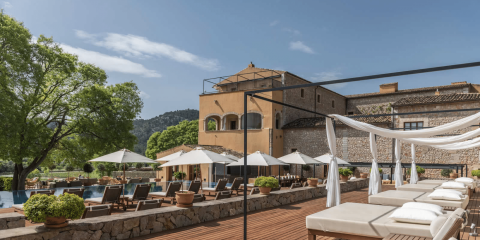
Son Brull Hotel & Spa Embraces Sustainability in Mallorca
Mallorca
The Slow Fund: Commissioning New Instruments for Musika Etxea
Basque Country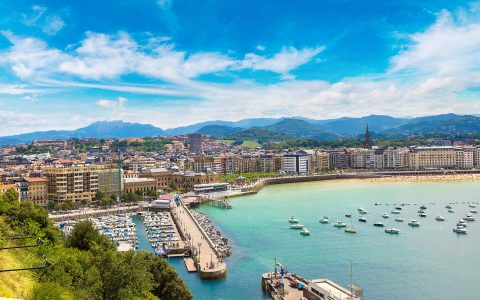
9 Things to Do that Will Submerse You in San Sebastian
Basque Country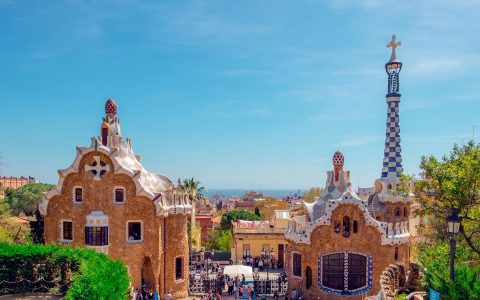
11 of Barcelona’s Most Spectacular Museums
Catalonia
What We’re Drinking:
Rioja’s Reds and Danish Akvavit
Denmark
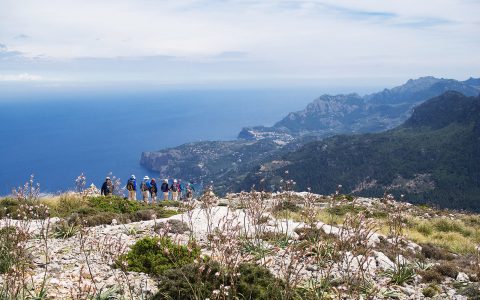
Our Favourite Coastal Walk Right Now: Mallorca
Mallorca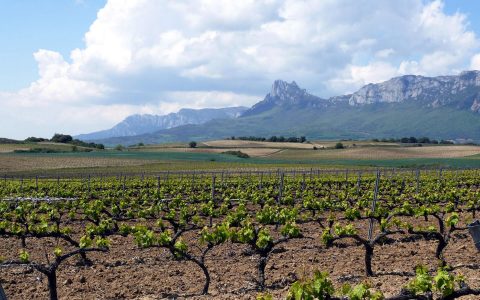
The 10 Best Rioja and Ribeira del Duero Wines
Rioja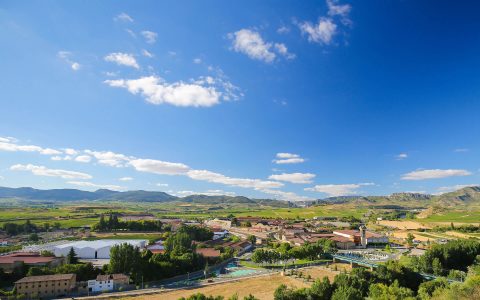
Reading for the Road: Our Favourite Books About Rioja
Rioja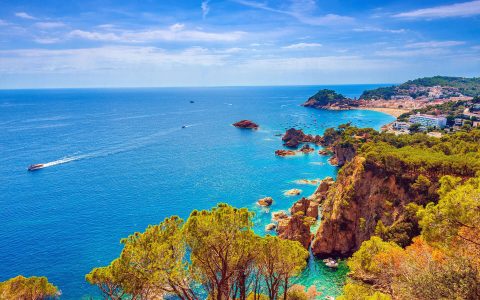
Reading for the Road: Our Favourite Books About Catalonia
Catalonia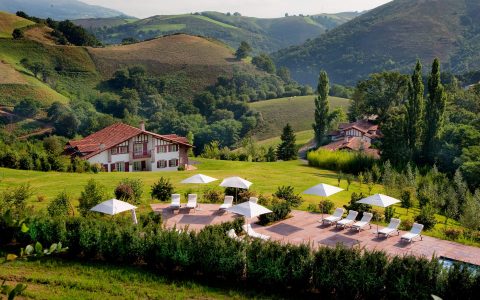
The 16 Best Luxury Hotels in Spain
Spain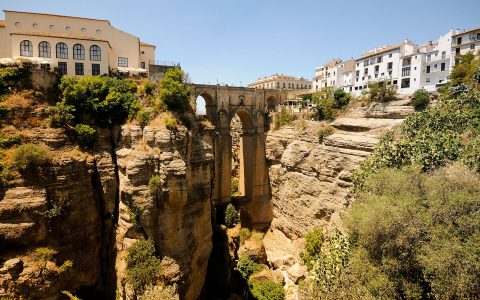
Reading for the Road: Our Favourite Books About Andalucia
Andalucia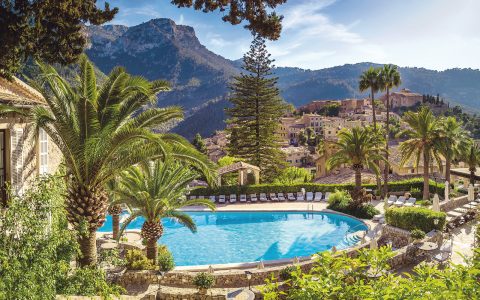
Mallorca’s Most Luxurious Hotels
Mallorca
Here’s How to Take the Ultimate Biking Trip Through Rioja
Rioja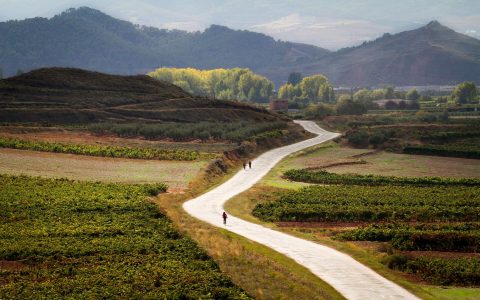
The 7 Best Cycling Routes in Spain
Spain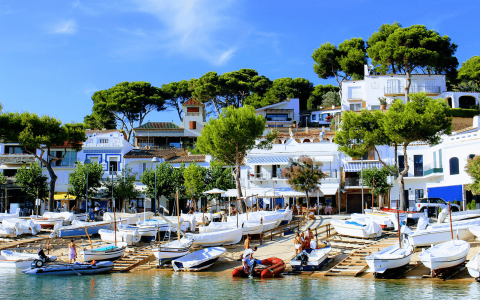
Where to Eat: Our Favourite Costa Brava Restaurants
Catalonia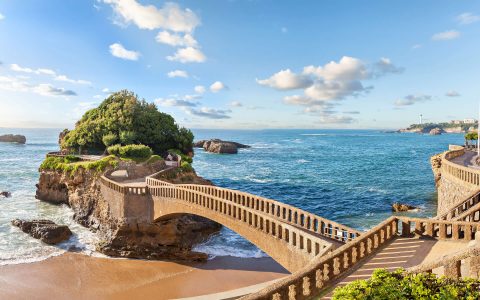
Basque Country’s 6 Best-Kept Secrets
Basque Country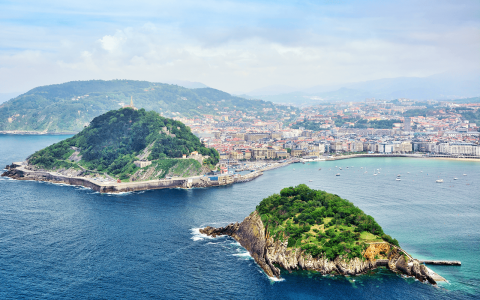
Basque Country: Exploring San Sebastián & Bilbao
Basque Country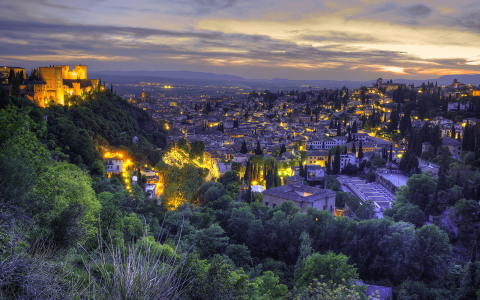
Granada: Last Stand of the Moors
Andalucia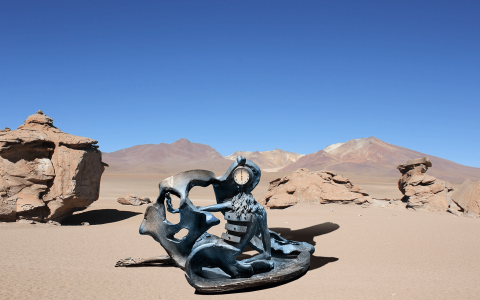
Surreal World: Salvador Dalí’s Costa Brava
Catalonia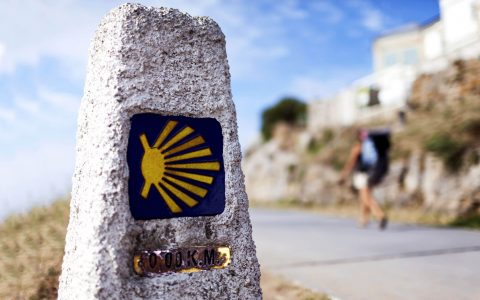


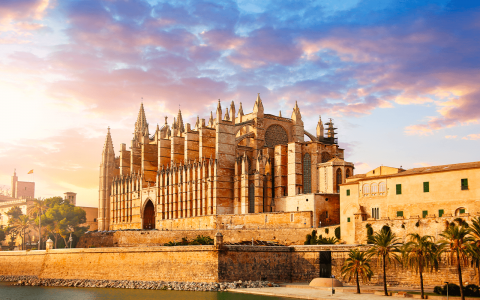
It’s interesting that the photo you selected for this piece on the Rioja shows the wines from the Chivite family, Colection 125 and Arínzano, which are Navarran wines. Just though you should know there is a difference.